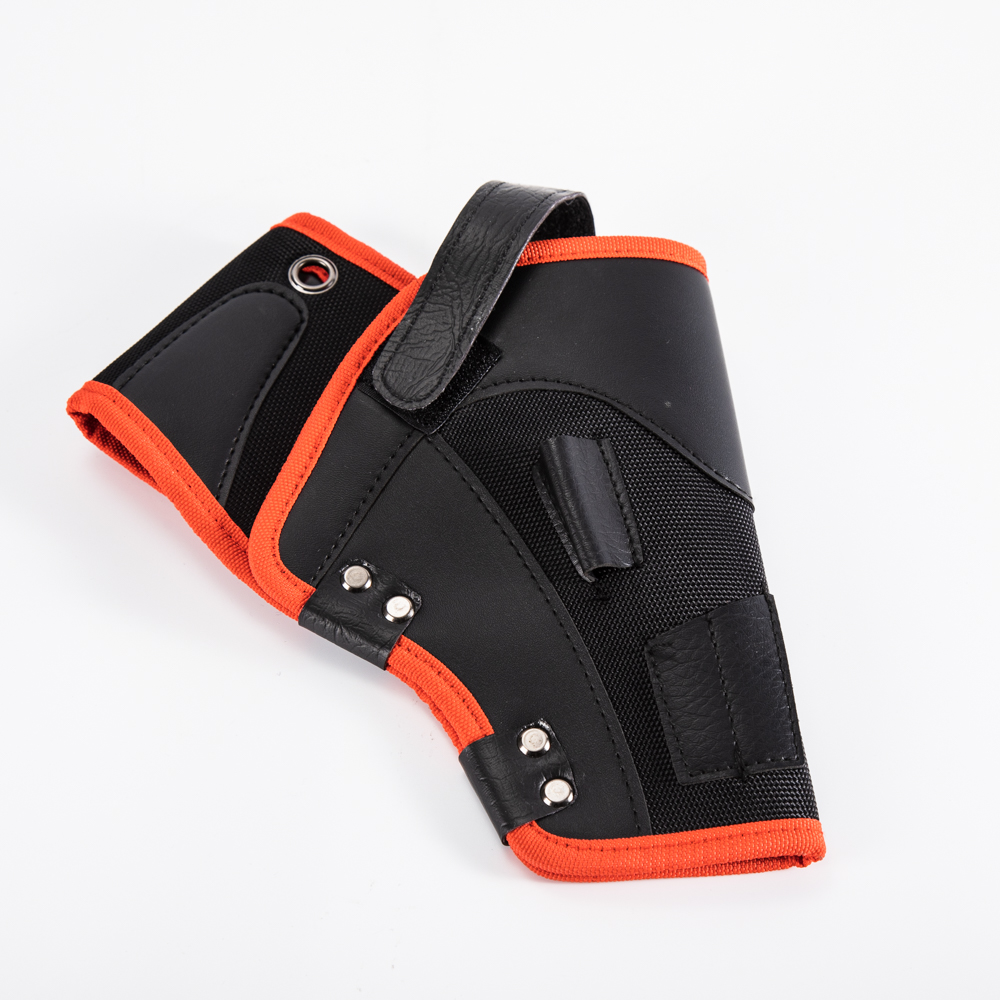 |
Kyushu Institute of Technology, Graduate School of Life Sciences, Professor of Early Childhood Studies
Professor Yukio Hajima, Professor of Graduate School of Life Science at the Graduate School of Kyushu Institute of Technology in Japan, delivered a speech at the seminar “Thinking about the New Direction of Organic Electronics†held on July 10-11, 2014, introducing the latest of dye-sensitized solar cells. Research and development. At present, the university is advancing multiple technological developments with the goal of improving the efficiency of dye-sensitized solar cells and reducing costs.
Dye-sensitized solar cells are solar cells that use pigments to convert solar energy into electrical energy. The use of the phenomenon that the pigment is excited by the sunlight and emit electrons. This kind of battery is expected to be manufactured at a lower cost than silicon-based solar cells, and the degree of freedom of shape and color is higher, so it may become a new generation of solar cells.
In terms of high efficiency, early adopters have listed technologies using near-infrared light. Previous dye-sensitized solar cells used ruthenium (Ru)-based pigments to obtain energy mainly from visible light having a wavelength of 400 to 700 nm. By using a mixed dye, a pigment that is excited by near-infrared light having a wavelength of 800 to 900 nm in addition to the Ru-based dye is added, and the efficiency of the battery can be improved.
In terms of cost reduction, early introduction of the back contact method is to use a transparent resin or glass instead of a high-cost transparent electrode on the surface of a solar battery cell, and a porous electrode serving as an electrode is provided on the back side thereof. metal. The specific configuration of the electrode is to apply a titanium dioxide coating on the meshed metal layer by a sputtering method to form a thin film. If the surface is covered with a transparent resin, the entire solar cell can achieve a flexible shape.
The early stage is currently developing cylindrical dye-sensitized solar cells using these technologies. Compared with flat products, cylindrical products are characterized by (1) easy installation in narrow places, (2) simple packaging, and (3) solar light that does not directly reach the unit by using a reflective plate in combination Get energy in. (Reporter: Takano Dun, Nikkei Technology)
Drill holster is a tool belt accessory that is designed to hold a drill securely on a person's waist or hip. It is typically made of durable materials such as leather, nylon, or heavy-duty fabric and features a sturdy clip or loop that can attach to a belt or tool belt.
The holster provides a convenient and safe way for professionals and DIY enthusiasts to carry their drills while working on various projects. It keeps the drill close at hand, making it easy to access when needed, and helps prevent the drill from being dropped or damaged.
Drill holsters come in different designs to accommodate various types of drills and accessories, such as cordless drills, impact drivers, and drill bits. Some holsters may also feature additional pockets or compartments for storing other small tools or accessories.
Overall, a drill holster is a handy tool accessory that can help improve efficiency, safety, and organization in the workplace.

Drill Holster,Cordless Drill Holsters,Drill Bit Holster,Drill Tool Holster
ZHANGJIAGANG CITY XIANGLE TOOL CO., LTD. , https://www.xiangletoolbag.com